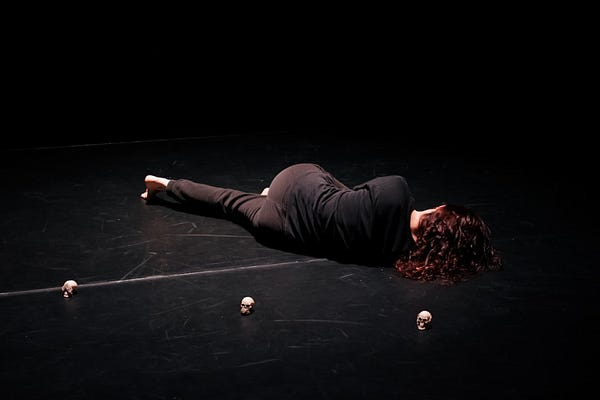
As a doctor, I’ve often heard patients say, “No, there’s no family history of diseases.” Yet, a moment later, they might add, “But my dad died in his sleep,” or “He had a headache and was just gone.” That’s a red flag right there.
While many illnesses can cause death, sudden deaths are rarely due to conditions like diabetes, lupus, or even kidney disease. When it comes to slumping and dying unexpectedly, the culprit is most often the heart.
What is Sudden Cardiac Death (SCD)?
Sudden Cardiac Death, or SCD, happens when the heart stops functioning abruptly, often within an hour of symptoms starting. It’s an unexpected event that not only devastates families but also puzzles doctors and society.
SCD usually results from a failure of one of the body’s four vital systems: the heart, brain, lungs, or blood vessels. However, the heart is by far the most common system to fail, especially in those over 35 years old.
What Causes SCD?
In younger people (less than 35 years) sudden deaths are often linked to congenital or genetic heart conditions. In older individuals above the age of 35 years, it’s often related to heart damage from previous events.
For instance:
“Someone who’s had a heart attack might develop scarring in the heart muscle. This scar can later cause an abnormal rhythm known as ventricular fibrillation (VF), where the heart’s electrical system goes haywire. The heart stops pumping blood, and within seconds, the brain and other organs shut down.
Another scenario: A patient under anesthesia during surgery receives too much, causing their central nervous system to arrest. This leads to a chain reaction where the lungs, heart, and blood vessels all fail.”
Other common causes include:
Coronary artery disease (CAD): Blocked arteries reduce blood flow to the heart, leading to a fatal arrhythmia.
Cardiomyopathy: Abnormal heart muscle makes the heart prone to failure.
Electrical abnormalities: Conditions like Long QT syndrome or Wolff-Parkinson-White syndrome can lead to fatal arrhythmias.
Are There Warning Signs?
The scary truth is that sudden cardiac arrest (SCA) often strikes without warning. About half of the people who experience SCA report no symptoms beforehand.
When it does happen, the signs are dramatic:
Sudden collapse
Loss of consciousness
No pulse or breathing
Other possible, but less specific symptoms include chest pain, palpitations, shortness of breath, or feeling unusually weak.
Can We Predict SCD?
While SCD is hard to predict, some risk factors can give us clues. For example:
Fitness levels: Studies show that low cardiorespiratory fitness, measured by something called VO2 max, increases the risk of SCD.
Heart irregularities: An abnormal heart rhythm during exercise or prolonged electrical activity in a resting heart can signal higher risk.
Lifestyle and health: Smoking, obesity, high blood pressure, diabetes, and inflammation (measured by C-reactive protein) are classic risk factors.
Genetic predisposition: Conditions like hypertrophic cardiomyopathy and arrhythmogenic right ventricular cardiomyopathy often run in families. Genetic testing can help identify those at risk.
Even family history is important. If someone in your family died suddenly before age 50 or had epilepsy, your risk might be higher.
What Precautions Can We Take?
While we can’t prevent every sudden death, there are steps to reduce the risk:
Know your risk factors:
Get regular checkups and screenings, especially if you have a family history of heart disease or sudden deaths.
Consider genetic testing if your family has a history of inherited heart conditions.
Adopt heart-healthy habits:
Exercise regularly.
Eat a balanced diet rich in fruits, vegetables, and whole grains.
Avoid smoking and limit alcohol consumption.
Manage existing conditions:
Control high blood pressure, cholesterol, and diabetes with lifestyle changes and medication if needed.
Be alert to symptoms:
Don’t ignore chest pain, shortness of breath, or fainting episodes. Seek medical help promptly.
Learn CPR and use of AEDs:
Cardiopulmonary resuscitation (CPR) can double or even triple survival chances if administered promptly.
Automated external defibrillators (AEDs) should be made available in public spaces and can deliver life-saving shocks to restart the heart.
Frequent sauna bathing:
Interestingly, studies have shown that frequent sauna use can lower the risk of SCD, cardiovascular disease, and even overall mortality.
The Role of Society in Reducing SCD
Awareness campaigns can help educate the public about the importance of early screening and recognizing symptoms. More AEDs in public places and mandatory CPR training can empower people to save lives in emergencies.
Sudden deaths remind us of how fragile life is. While we may not always have warning signs, understanding the risks and taking preventive measures can save lives. Awareness, preparedness, and timely intervention are our best tools to combat this silent killer.
Thanks for reading!
Stay hale and hearty ~ Dr Nguper



